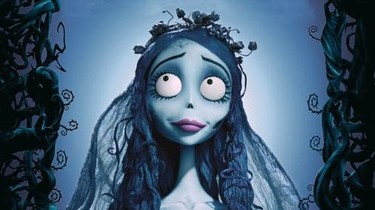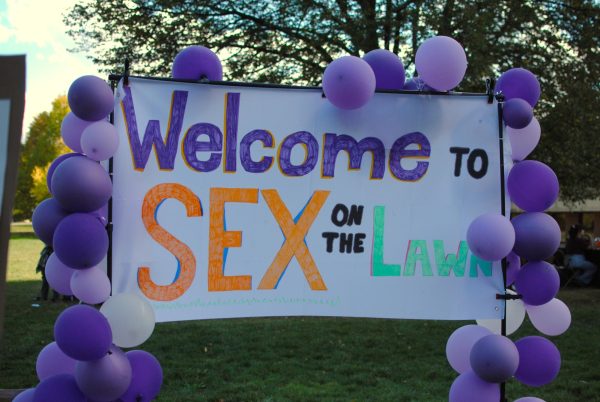Life, Death and Surfing; Pixies ride surreal waves to new Gothic heights with “Beneath the Eyrie”
Fans old and new will find something to enjoy on the Pixies seventh studio album.
The Pixies are one of god’s own prototypes; a high-powered mutant of some kind never even considered for mass production. Too weird to live, and just too rare to die.
Themes of life and death permeate “Beneath the Eyrie,” the 17th release from Massachusetts’s own Pixies. The second album released after the departure of bassist and founding member Kim Deal, their newest release enhances the band’s usual lyrical ground, with a profound dose of surreal Gothic influence. The album was recorded at Dreamland Recording Studios, a one-time church converted into a recording studio. As it is the one-time location of recordings for bands like the Misfits and Nick Cave, it is easy to imagine that some of the studio’s history has rubbed off on the band and their new sound.
“Beneath the Eyrie” was produced by Tom Dalgety, fresh off his Grammy nomination for his work on Ghost’s “Prequelle.” Dalgelty’s production across the album is clear and consistent, with each vocal harmony floating above swirling topography of basslines, guitar leads, and rhythmic drums.
While the band has traditionally aimed for a cleaner, polished sound (their first release, Surfer Rosa, was produced by Steve Albini, who would later be hired out by Nirvana to achieve a similar polish for their album In Utero), this varnish strips some of the grit from the album’s heavier cuts, like the uptempo rockabilly guitars and vocal shouts of “St. Nazaire.” Yet the overall mixing and production of the album is well done, if a bit sterile.
The Pixies traditionally excel as a dual-lead band with Black Francis and Kim Deal trading vocal duties on the majority of the band’s releases. Paz Lenchantin originally joined the band as a touring-only bassist after the departure of Deal. But she found her place as a full contributor on this album. She excels as one-half of the vocals, intertwining levity and depth to Francis’s gritty, enigmatic songwriting.
In fact, on first listen it can be hard to distinguish Lenchantin’s vocals from those of earlier Pixies records with Deal, thus acting as a vocal foil to Francis. With two of the records more impactful tracks, “Long Rider” and “Los Surfers Muertos” penned by Lenchantin, her role begins to shine through more distinctly. “Long Rider” serves as both a tribute to her fallen friend Desiree and an example of Lenchantin’s flawless fit into the band’s formula. Her vocal lead performance on “Los Surfers Muertos” is equally foreboding and enchanting, a siren song to memorialize fallen surfers of the past.
A trend in more recent releases from aging bands is adding extended instrumental passages to songs that would otherwise benefit from brevity. (Look no further than Tool’s “Fear Inoculum” to see this trend in practice.) “Beneath the Eyrie” is a tight listen of 12 tracks in 38 minutes with only one approaching the five-minute mark.
Another standout quality that separates the band from many of their 90s contemporaries is their mastery of loud/quiet dynamics, which continues to shine through their discography. When the band takes a step back in intensity with tracks like “Daniel Boone,” the roar of tracks like “On Graveyard Hill” hit just that much harder. Even the great Nirvana, a band some consider to be the best of the 90s, never reached such contrasting musical heights.
Fans of classic Pixies records will find something to enjoy in the performances of Black Francis, while newer fans may be drawn into tracks like “This Is My Fate,” a piano-driven Tom Waits-style boogie. Fitting for a release just before the beginning of Fall, “Beneath the Eyrie” may symbolize a new era for the band. Buy the ticket and take the ride, but be prepared for ghosts.
Email Adam at [email protected].











